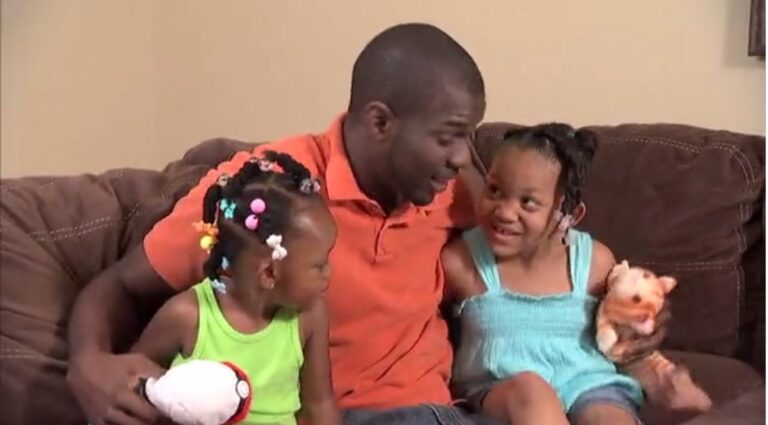Making Amends
Restitution or making amends refers to fixing the problem caused by a child’s misbehavior or poor choice. Depending on the nature of the misbehavior, your child may need to pay for, repair, or replace what was damaged or stolen. By making amends for poor choices, your child experiences the tangible consequence of those choices and sees the real-world impact of those choices.
Children as young as four and five can benefit from this strategy. Start with simple consequences. For example, if your child spills a snack or a drink, show them how to clean it up. While you may feel frustration or anger at your child’s choice (especially if a well-established rule has been broken!), stay in control and focus on fixing the problem to reinforce the message that rules are there for a reason, and breaking them has real consequences for everyone.
If emotions are running too high (for parent and child!), try using Positive Time Out to regain emotional control before trying to make amends.
Loss of Priveleges
This means taking away an activity that is special to your child for a short time. When this happens, your child tries to improve behavior in order to earn back the privilege. Make sure to take away the privilege only for a specific and reasonable amount of time. For example, try one day or one week; not “a whole year” or “the rest of your life.” And try to match the loss of privilege to what the child did. For example, if a child goes to a friend’s house without permission, the child loses the privilege of going to the friend’s house next time.
Cool-Down Spot or Positive Time Out
Positive time out gives you and your child an opportunity to get emotions and behavior back in control. When children throw tantrums or fight with siblings, for example, it is helpful to use positive time out in order to interrupt the intensity of the situation. In this technique, remove your child from the situation for a short time to a neutral or boring area. Older children may be asked to think about what better choices they could make. See the Stress Management Information Sheet for suggestions of other ways to help children “cool off.” Once the time out period is over, talk to your child about the misbehavior, including why it happened and what could be done differently next time.
References
- Cline, F., & Fay, J. (2006). Parenting with love and logic: Teaching children responsibility. Colorado Springs, CO: NavPress Publishing.
- Ginsburg, K. R., & Jablow, M. M. (2011). Building resilience in children and teens: Giving kids roots and wings. Elk Grove Village, IL:
- American Academy of Pediatrics.
- Bailey, B. A. (2000). Conscious discipline: 7 basic skills for brain smart classroom management. Orlando: Loving Guidance, Inc

